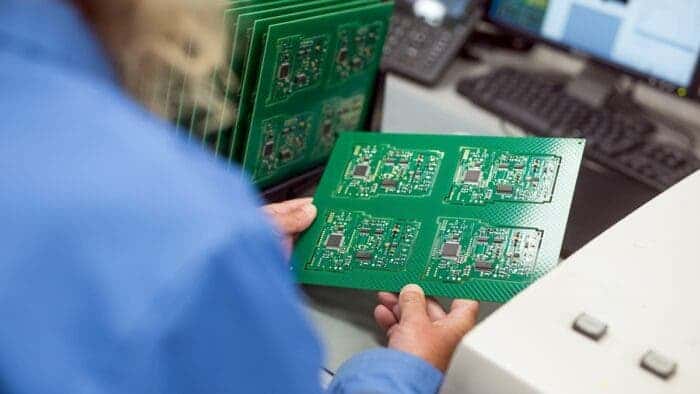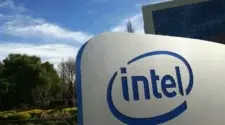In March, the US 3M Company stopped operating its PFAS (perfluoro/polyfluoroalkyl compound) refrigerant plant in Belgium. This attracted the attention of the semiconductor industry because PFAS has important applications in lithography and etching processes. However, there are reports that stopping production is only the beginning of new environmental laws. These new environmental protection regulations are emanating from Europe and the United States.

European countries are trying to comprehensively restrict the manufacture, use and export of PFAS in 2025. However, the industry has concerns and is uncertain that there will be alternative products. If there is none, then this will lead to a long-term shortage of relevant semiconductor materials.
The report also predicts that environmental regulations in Asia will be gradually strengthened in the future. Semiconductor manufacturers should take precautions and reserve alternative sources or alternative technologies in advance.
European semiconductor industry grows – sales increases by more than 40% in Q1
European semiconductor sales rose 43.5% to a record 3.13 billion euros in the first quarter of 2022. This is against the backdrop of large orders and continued shortages of key components. According to market research agency, DMASS IP&E (interconnect, passive and electromechanical) components grew by 35.7% to 1.62 billion euros. Furthermore, the overall parts distribution market grew by 40.8% to 4.75 billion euros.
DMASS chairman, Hermann Reiter said, “The 40 percent growth rate of components in general is excellent. However, at the same time, it is a clear sign that has never been seen before. The challenges of the recovery are now accompanied by the Russian-Ukrainian conflict and its impact. The catastrophe for humanity from this conflict dwarfs all other concerns…”
The semiconductor segment, by region, is similar to the previous quarter, with huge growth in major countries. For example, Germany increased by 45.4% to 867 million euros, Italy increased by 45.6% to 310 million euros, the United Kingdom increased by 47.8% to 213 million euros, France recorded an astonishing increase of 54.8% to 210 million euros, Eastern Europe “only” 34.5% to 540 million euros, and Nordic countries 46% to 240 million euros.
By product, while memory and other logic chips (such as ASSPs) saw significantly above-average growth, most other product groups experienced below-average growth. For example, analog chips increased by 42% to 886 million euros, Mos Micro increased by 44.8% to 621 million euros, power semiconductors increased by 36.5% to 375 million euros, memory increased by 71.8% to 328 million euros, and OPTO chips increased by 26.1% to 260 million euros. Other logic circuits increased by 64.7% to 172 million euros, and programmable logic devices increased by 33.5% to 165 million euros. Discretes grew 41.9% to EUR 188 million and sensors (including actuators) increased 34.9% to EUR 88 million.





